The consciousness of the need to protect the environment has been on the rise all over Europe and beyond. In the same spirit, APPLiA has been successfully building on its Circular Culture initiative, engaging a wide variety of actors in the circularity challenge.
Back in 2016, more than 80% of Europeans’ requests for a repair of a home appliance product resulted in actual repair. The repairs were only possible because European home appliance manufacturers keep spare parts in stock for current and old product models. What is more, repair often appears to be a valuable part of the after-sales strategies and remains a way for the different brands to compete to offer suitable services to the citizens.
While we see that repair activities are well-established all around Europe, we notice that the greatest challenge for the industry remains also in 2018. Two-third of precious resources remains undocumented and is not coming back into material loops as secondary raw material, making it unclear how this waste is collected and thereafter treated.

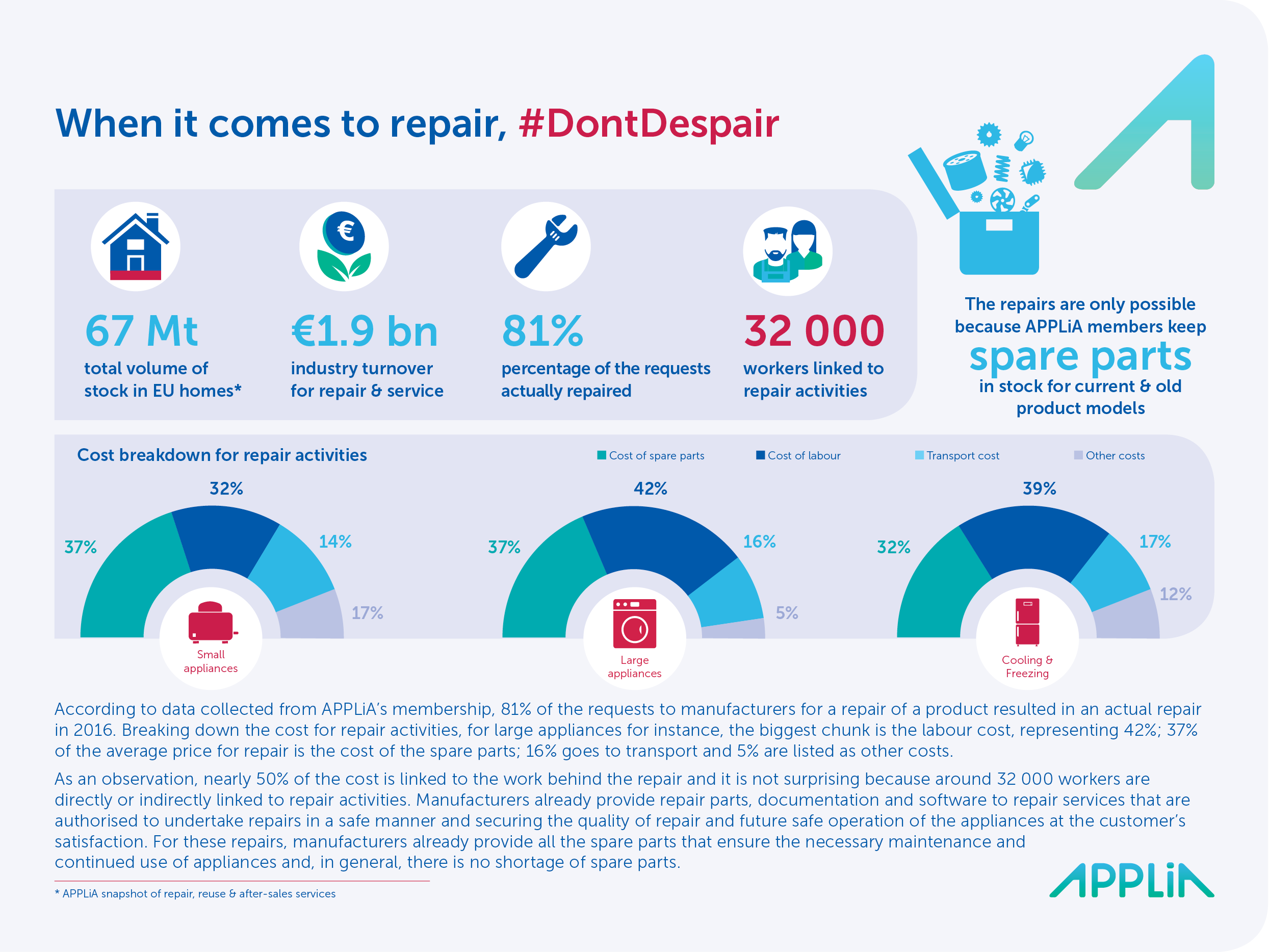
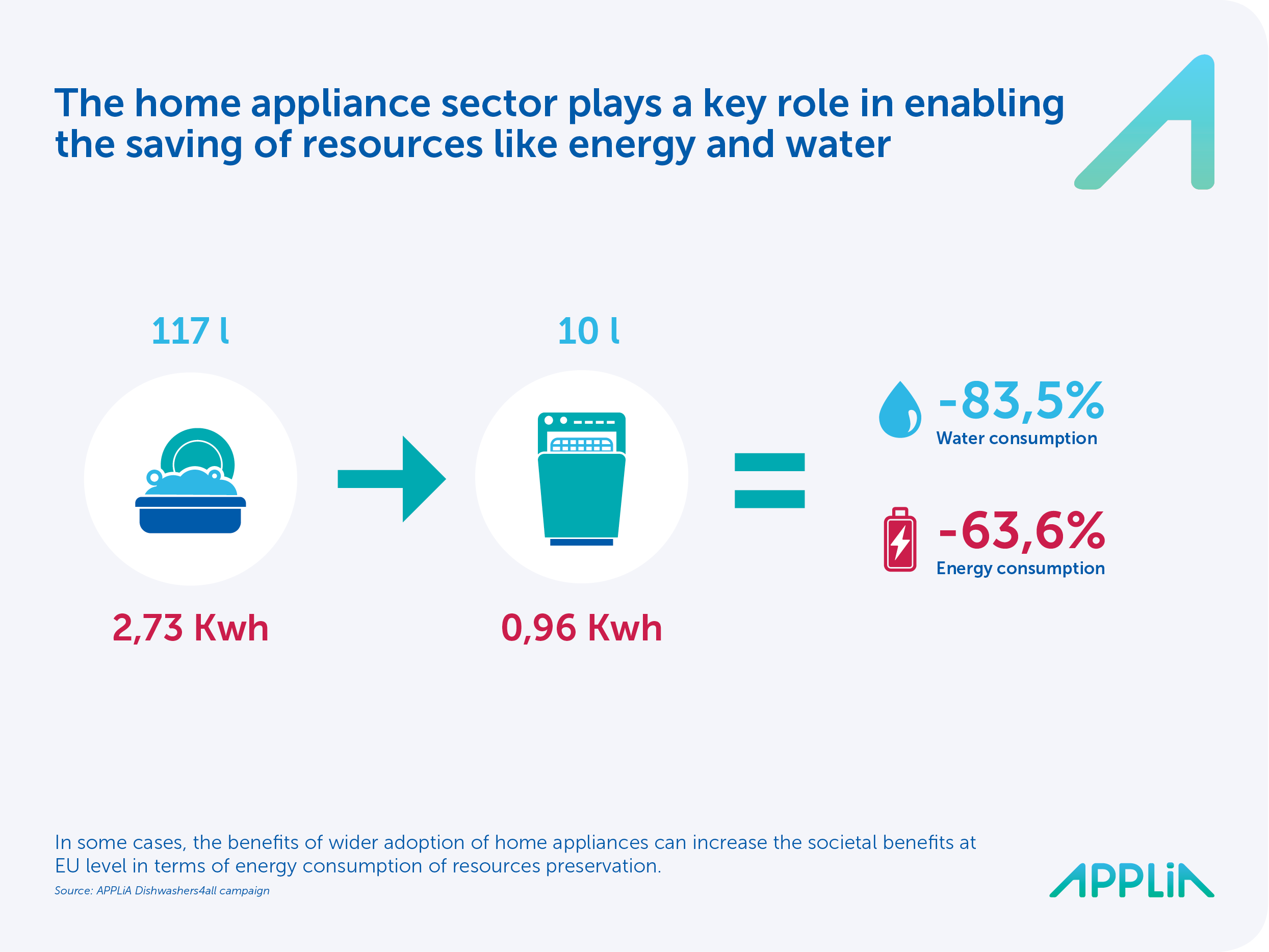
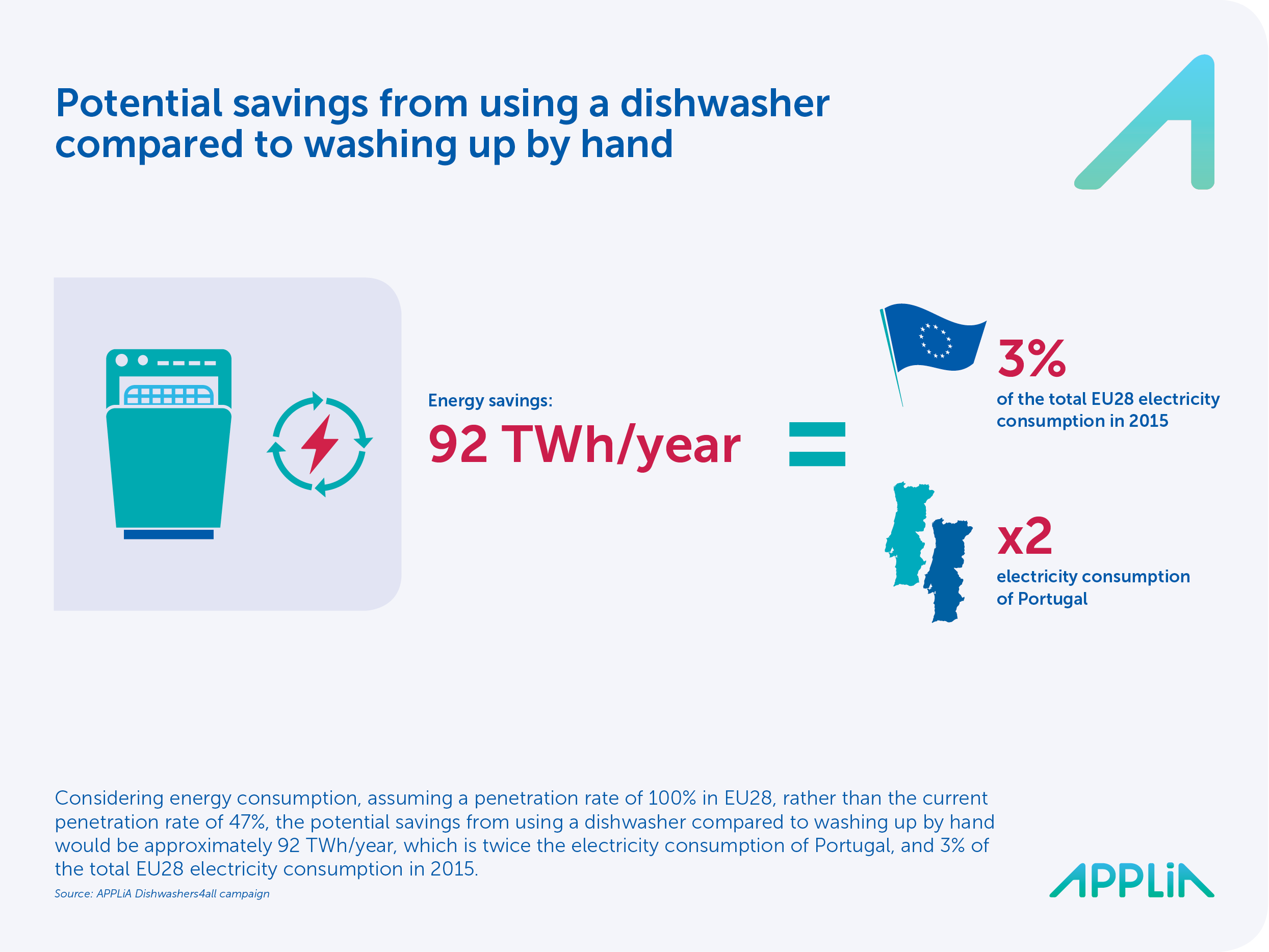
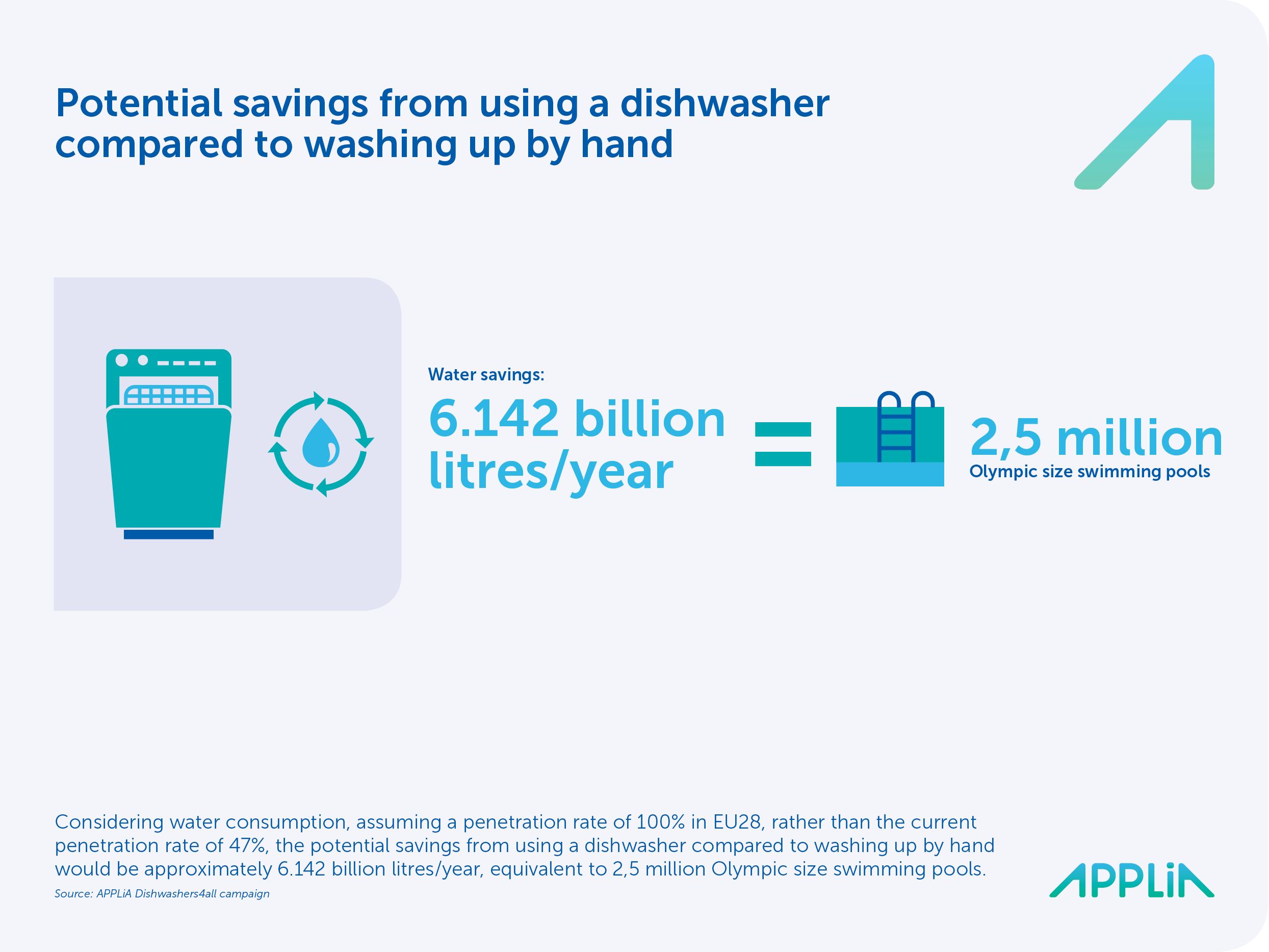
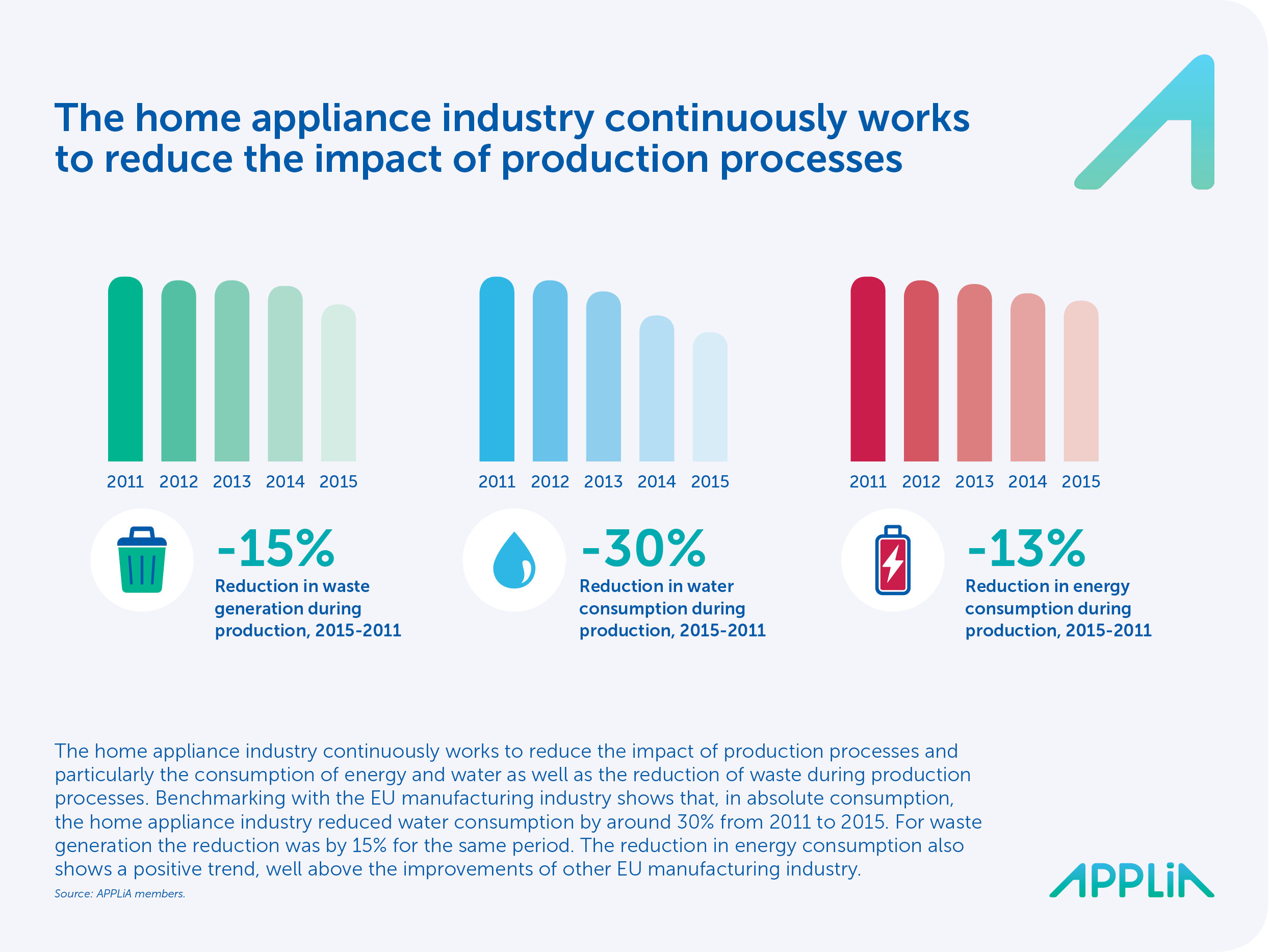
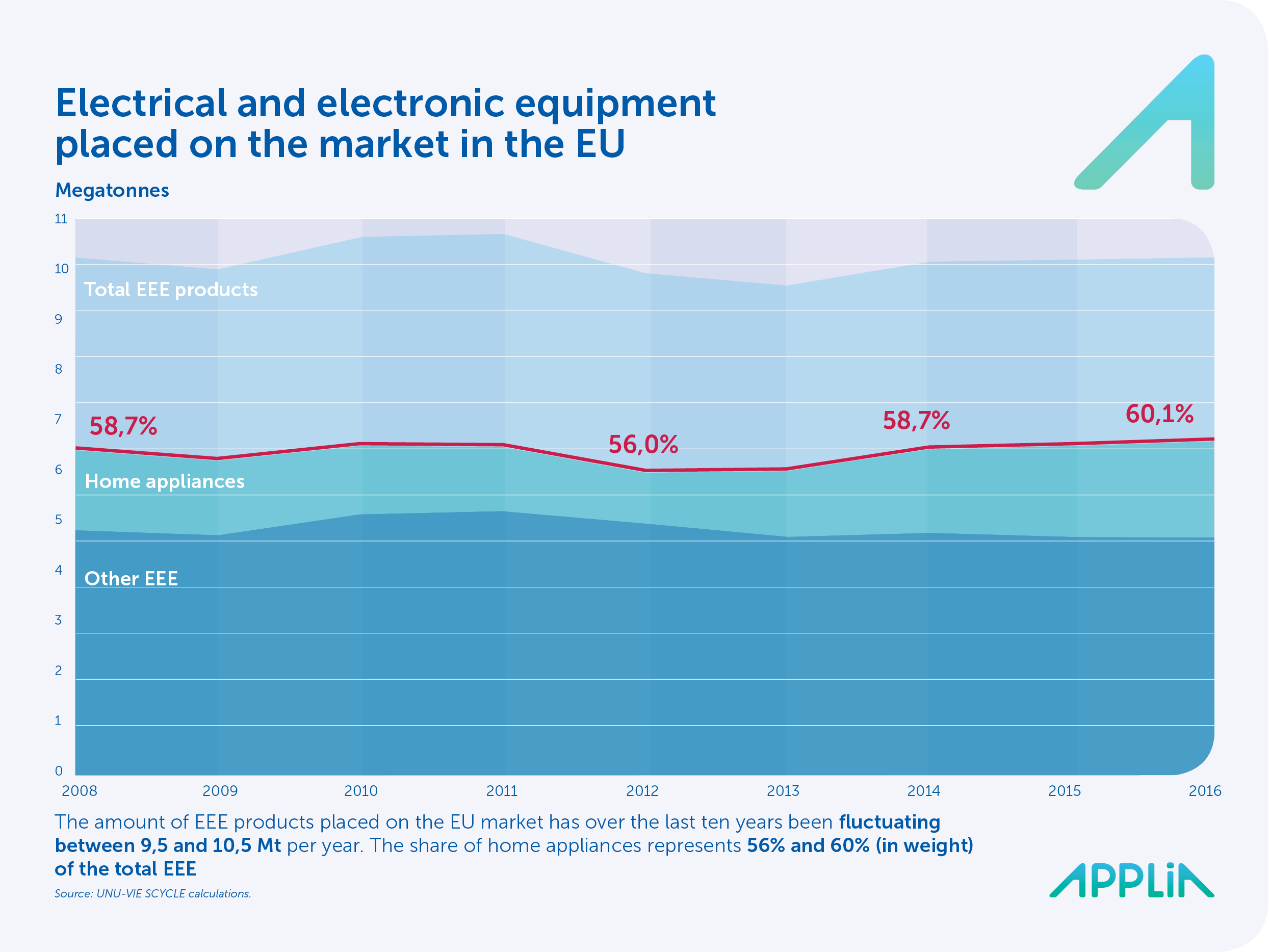
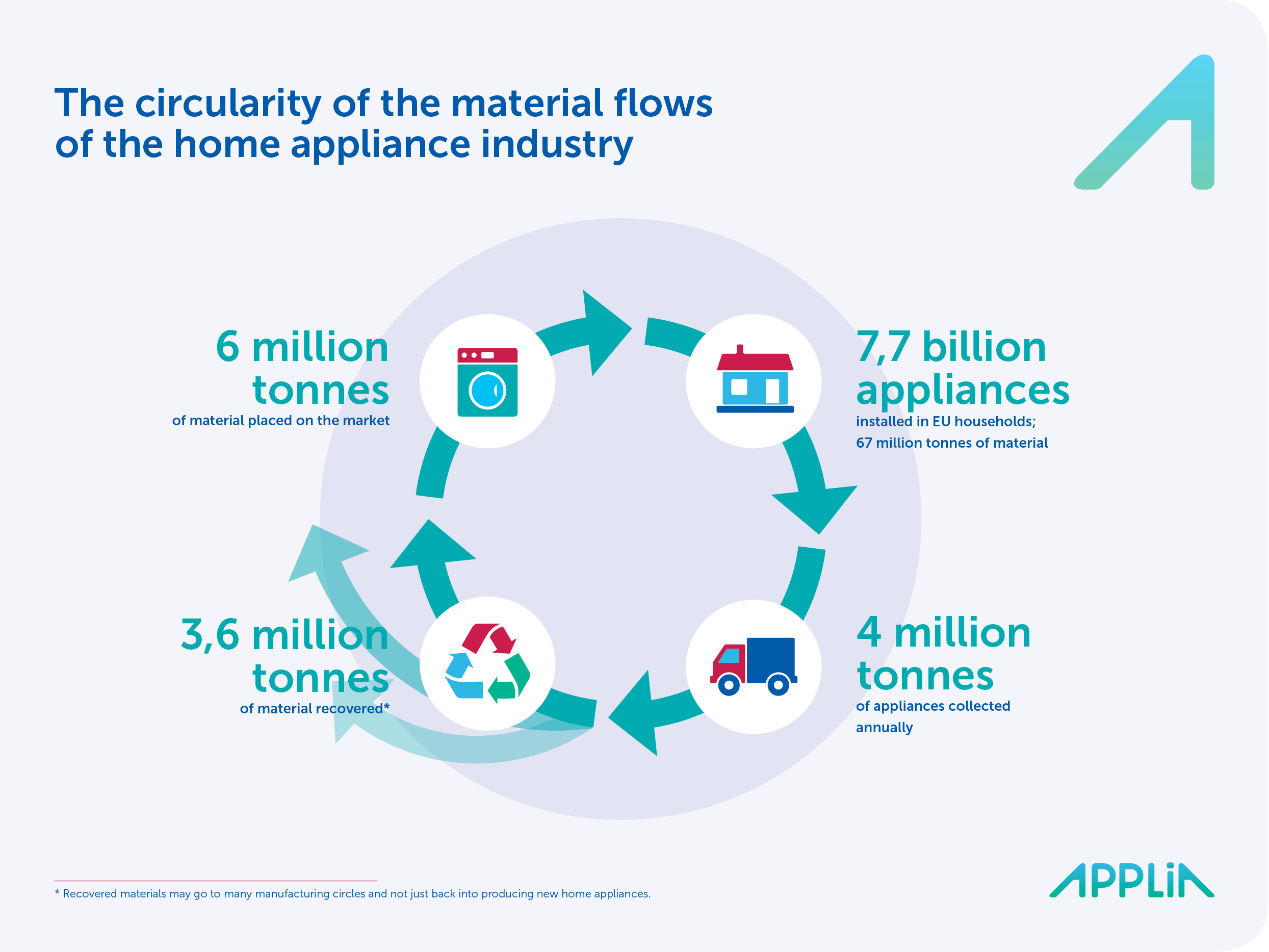
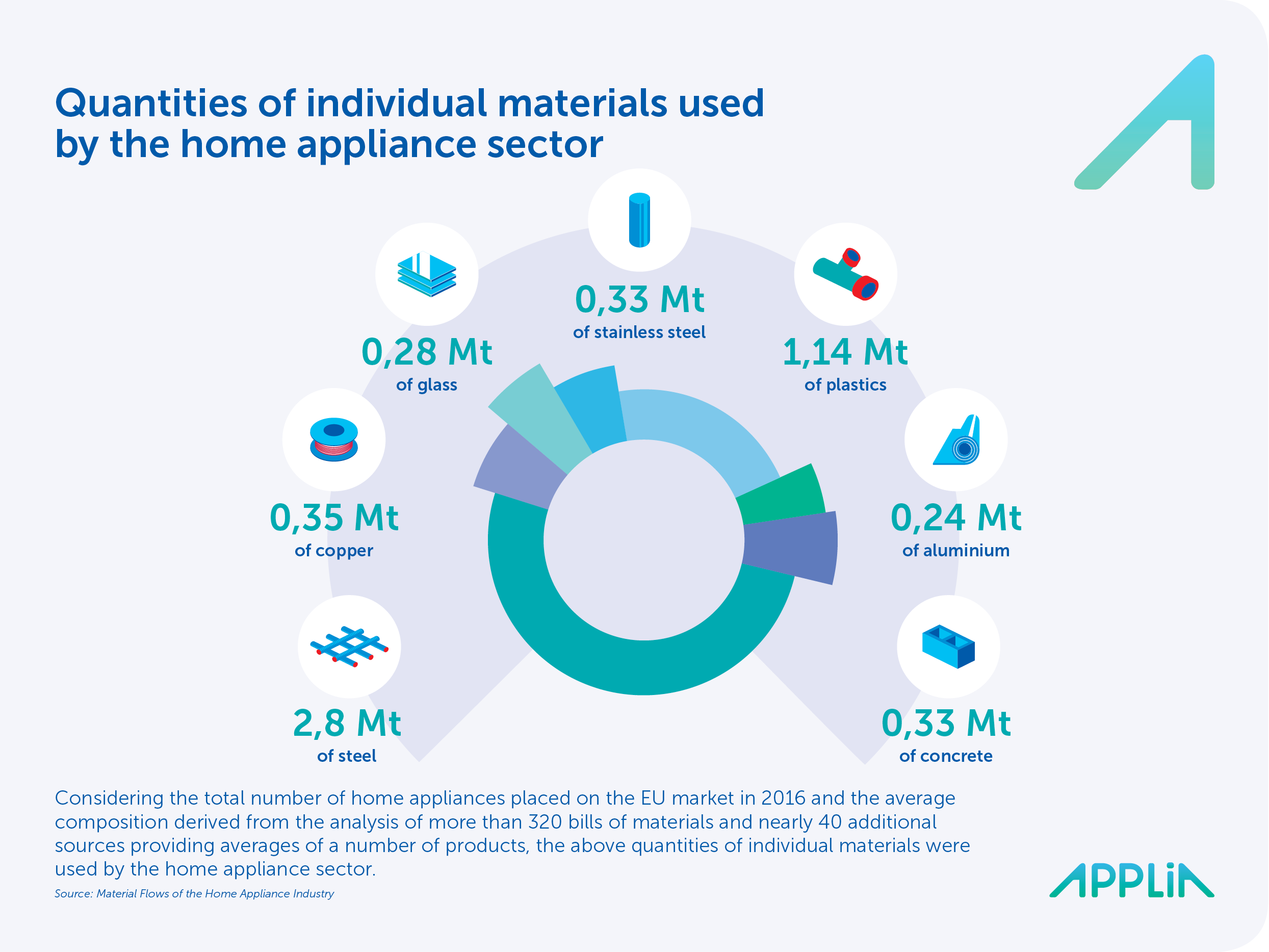
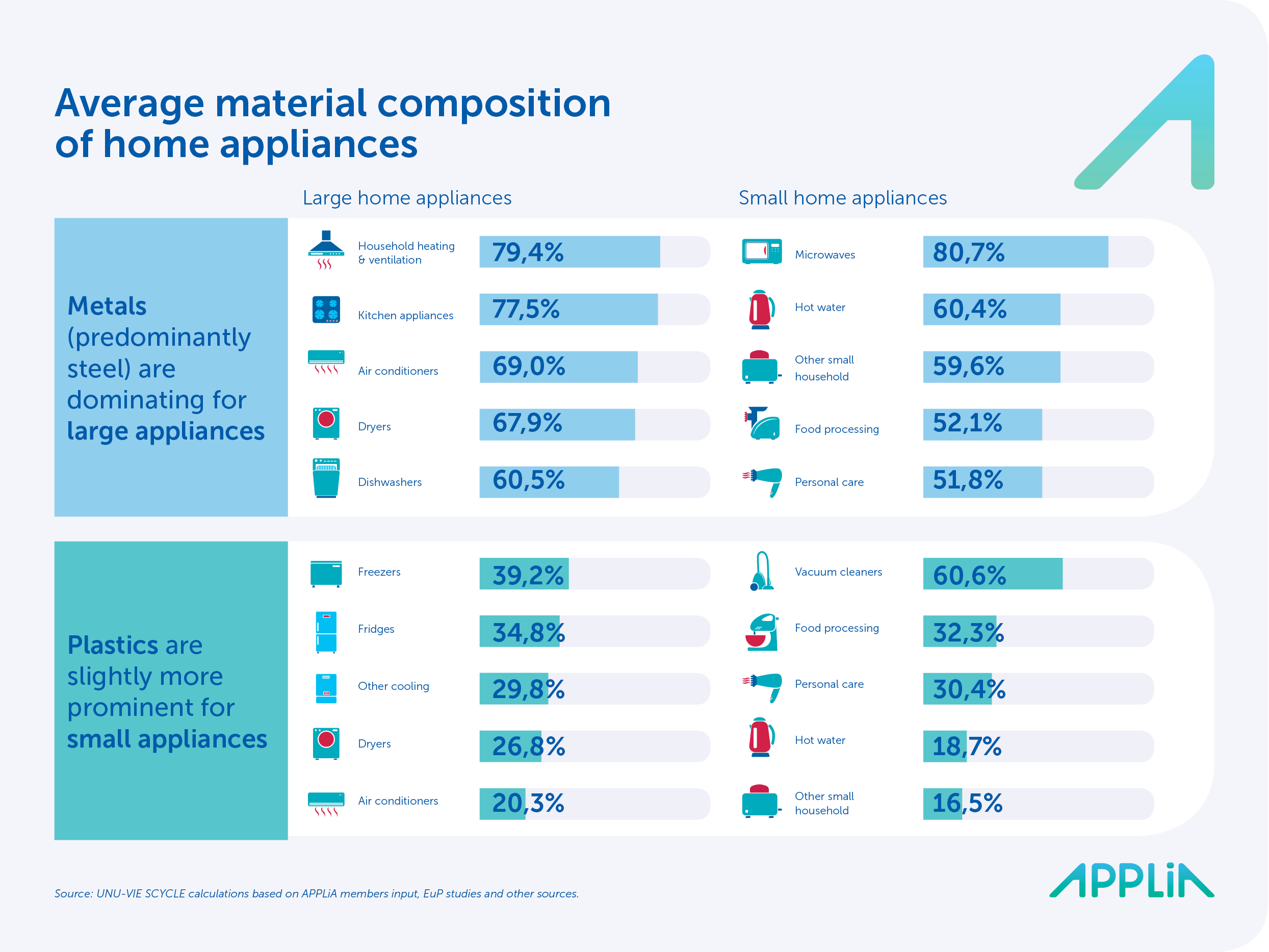
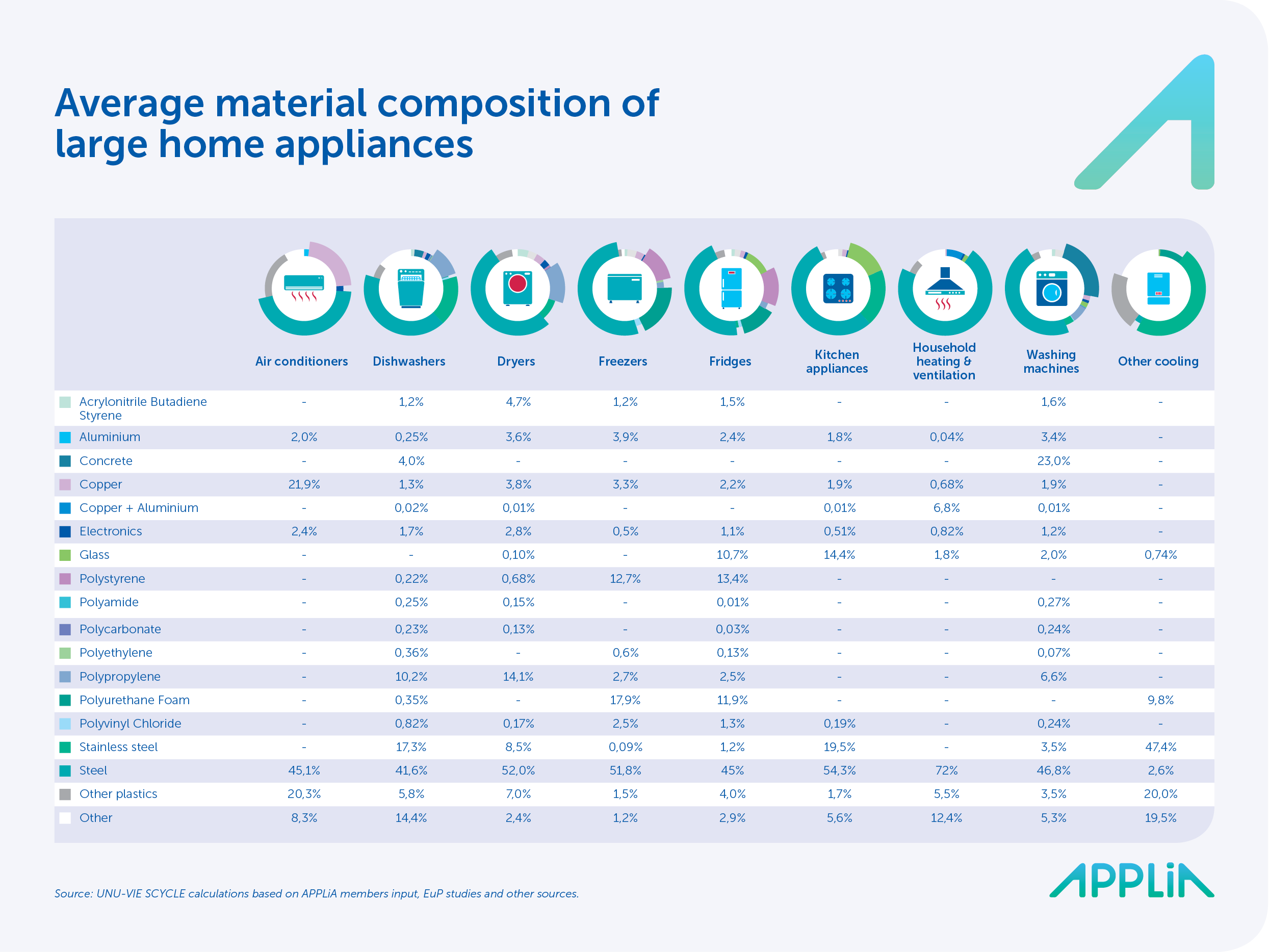
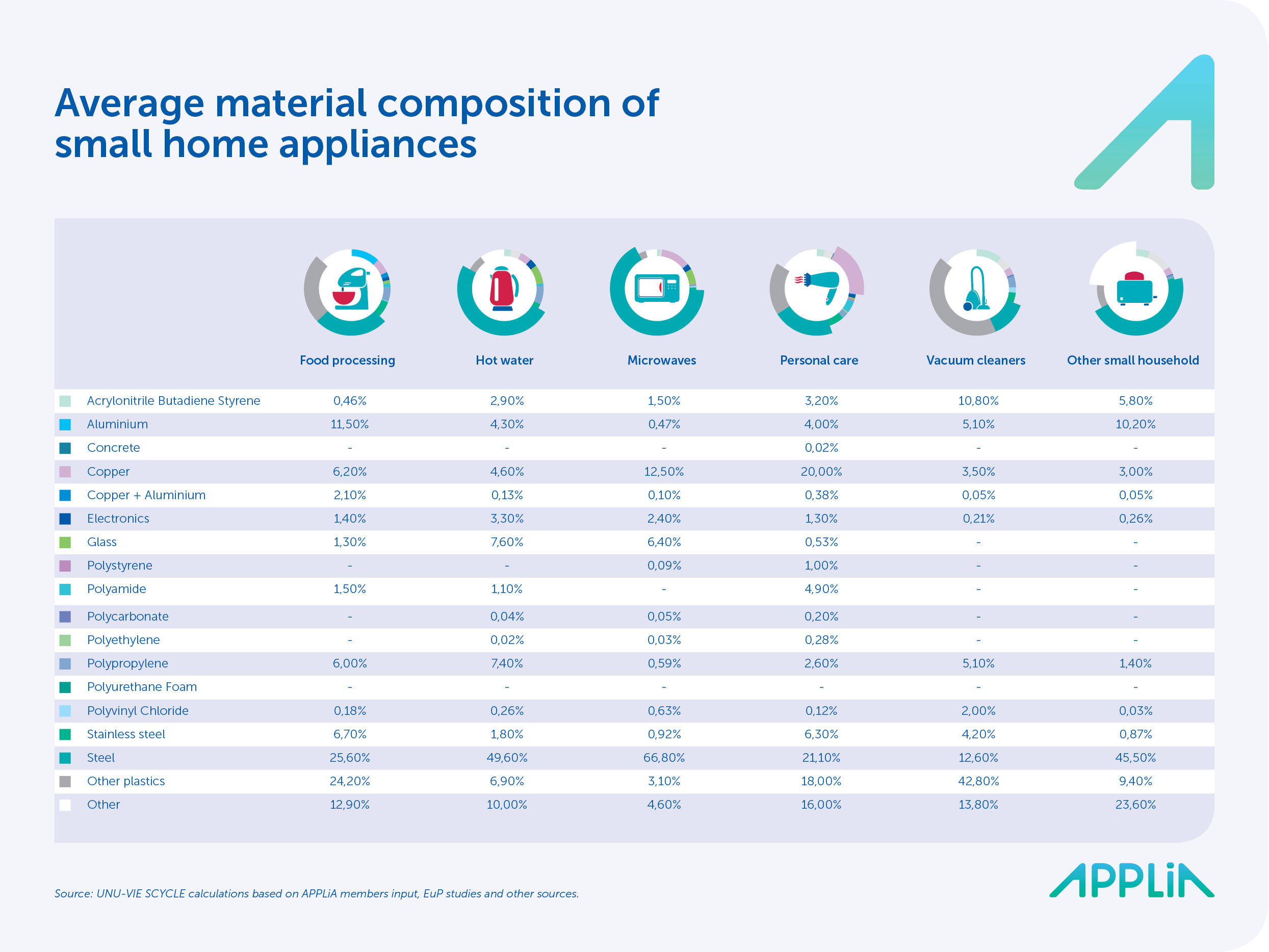
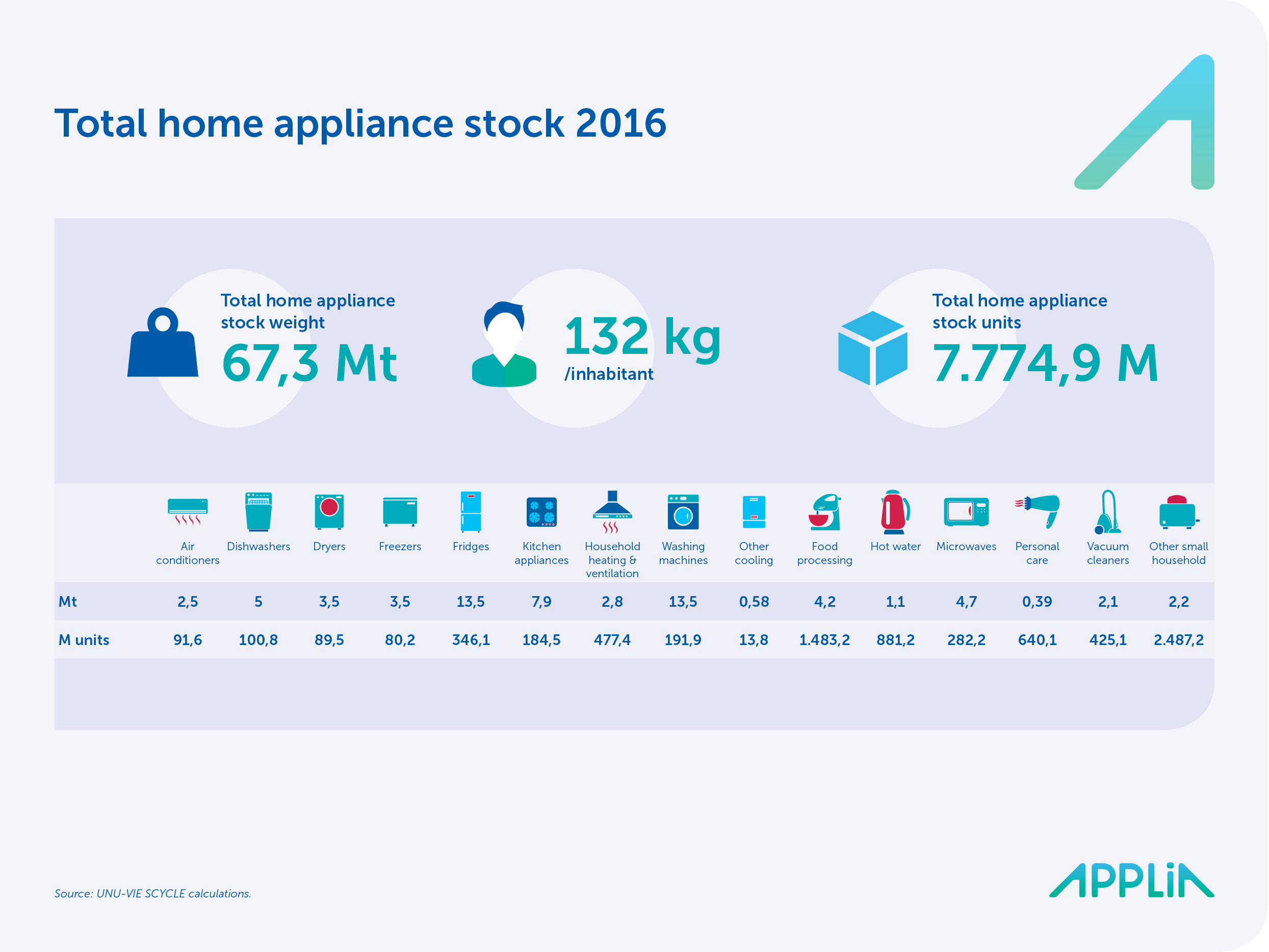







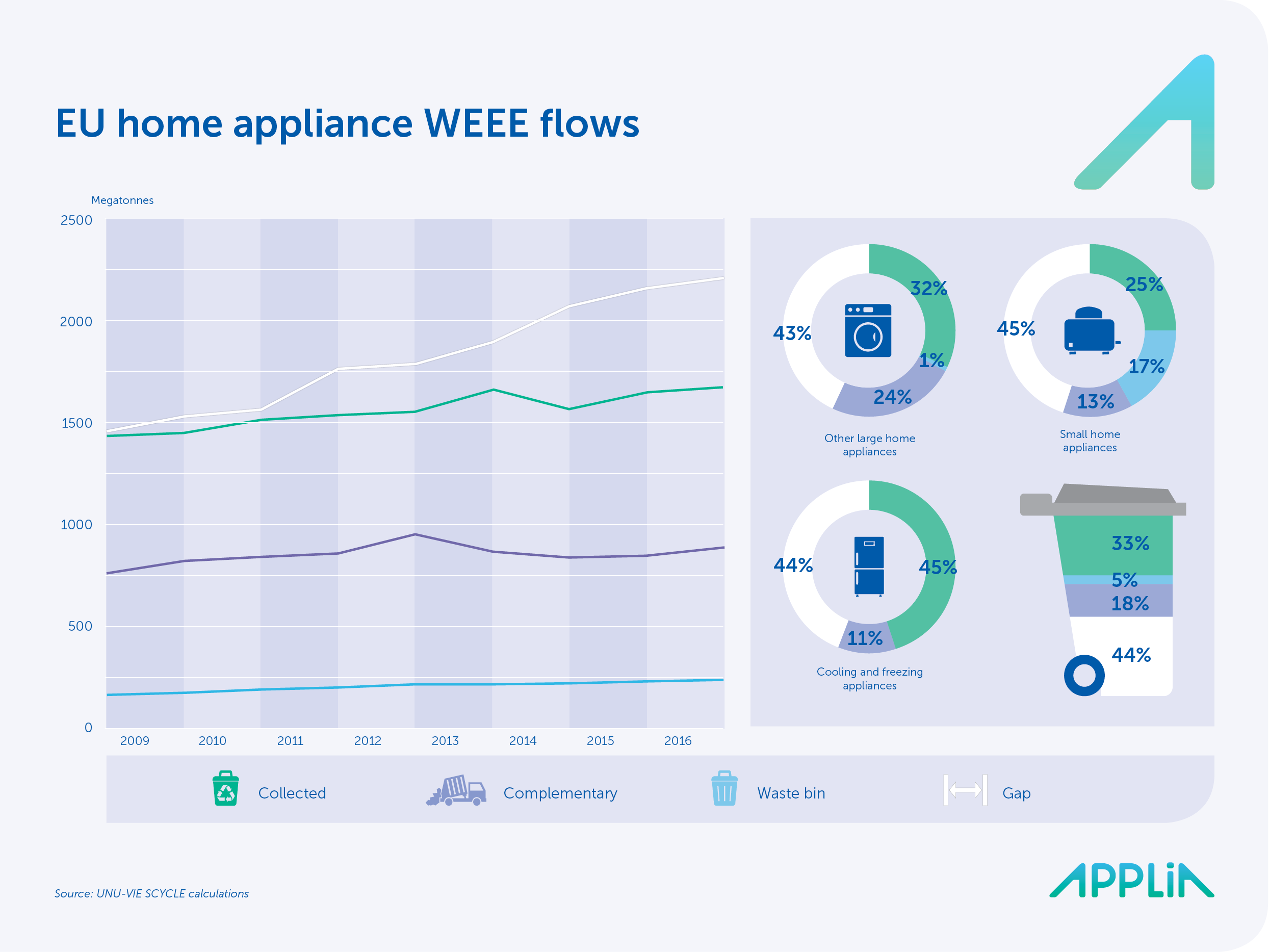

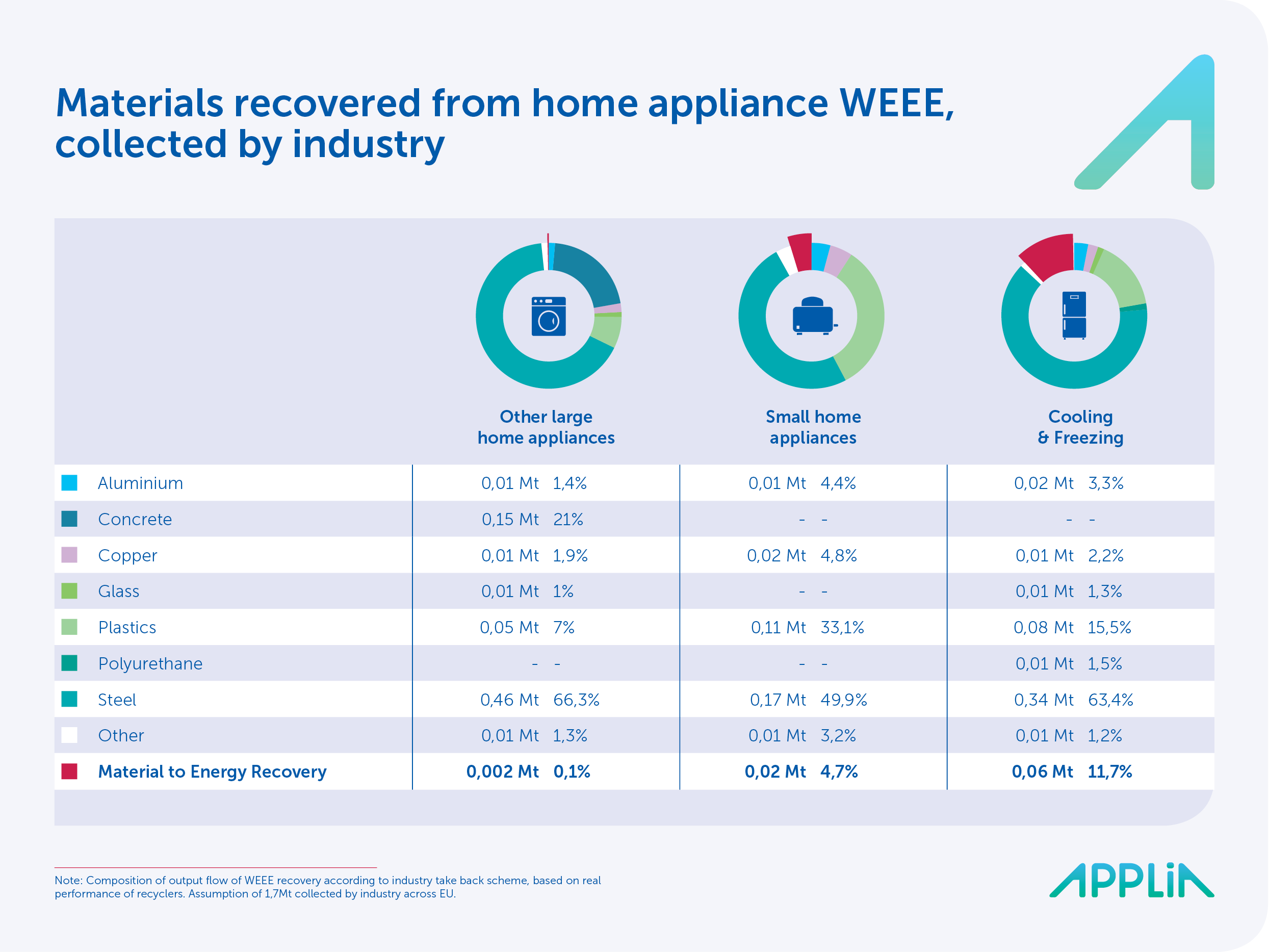
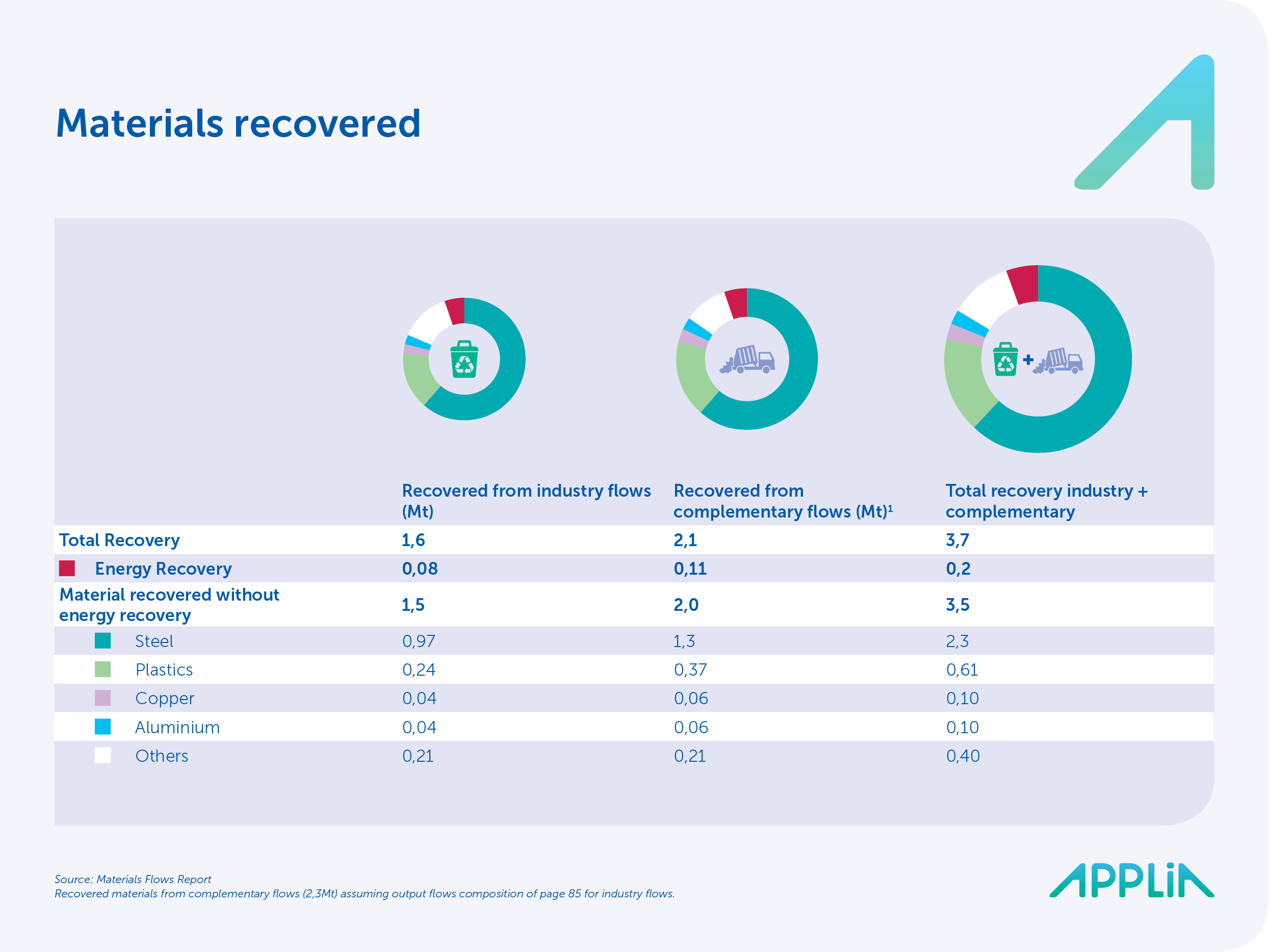
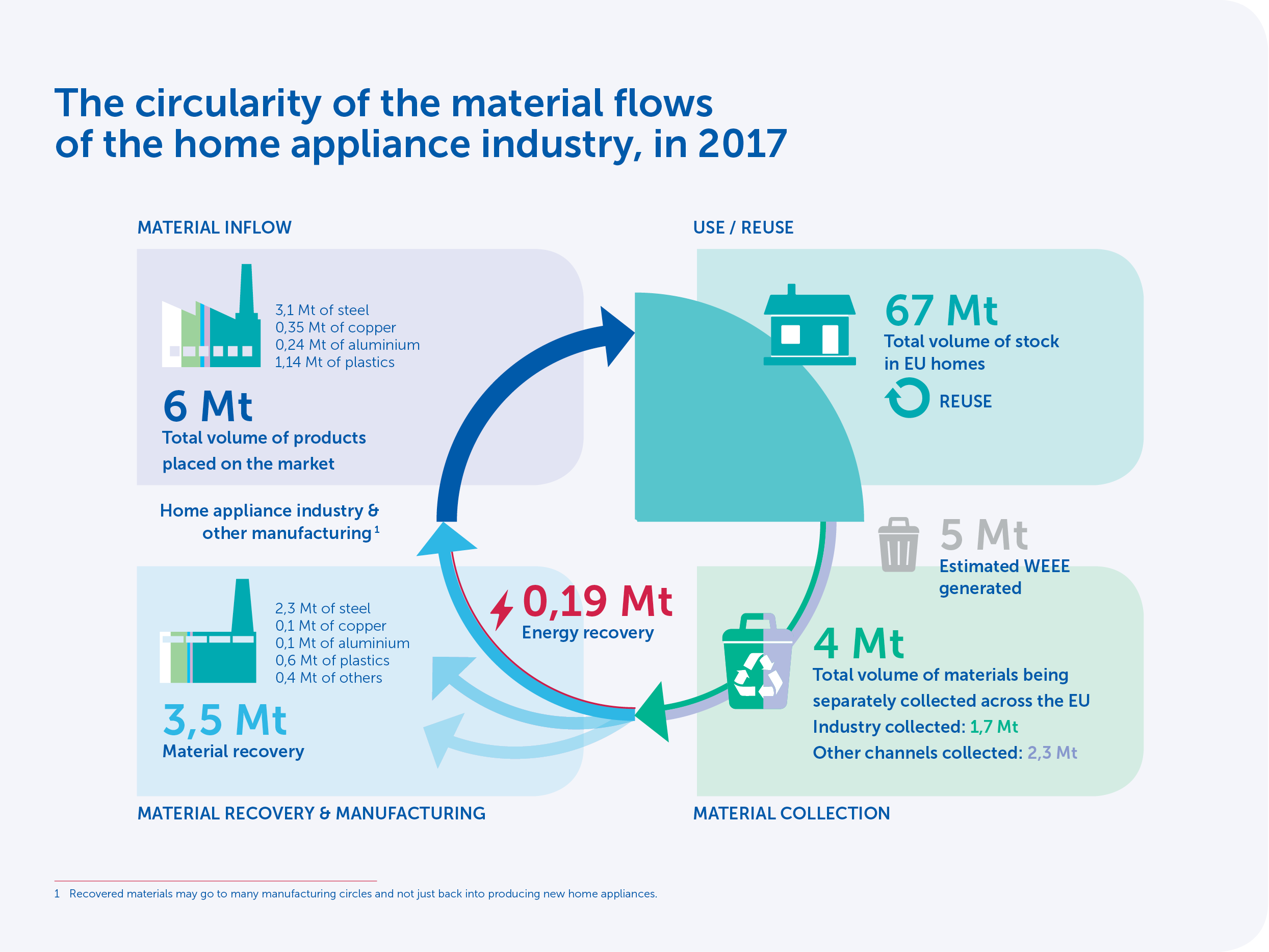
Related topics
Living the Connected Home Accelerating Europe’s GrowthShare